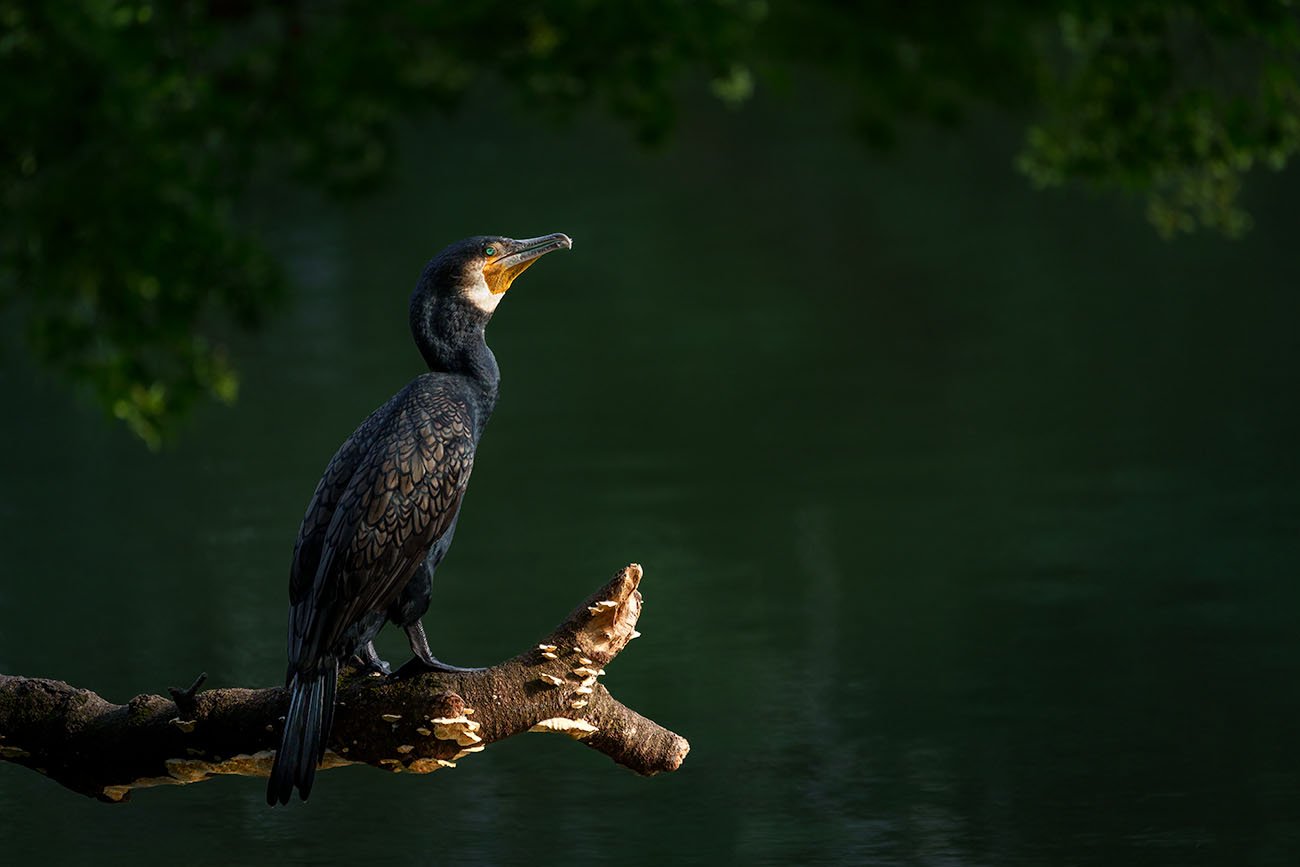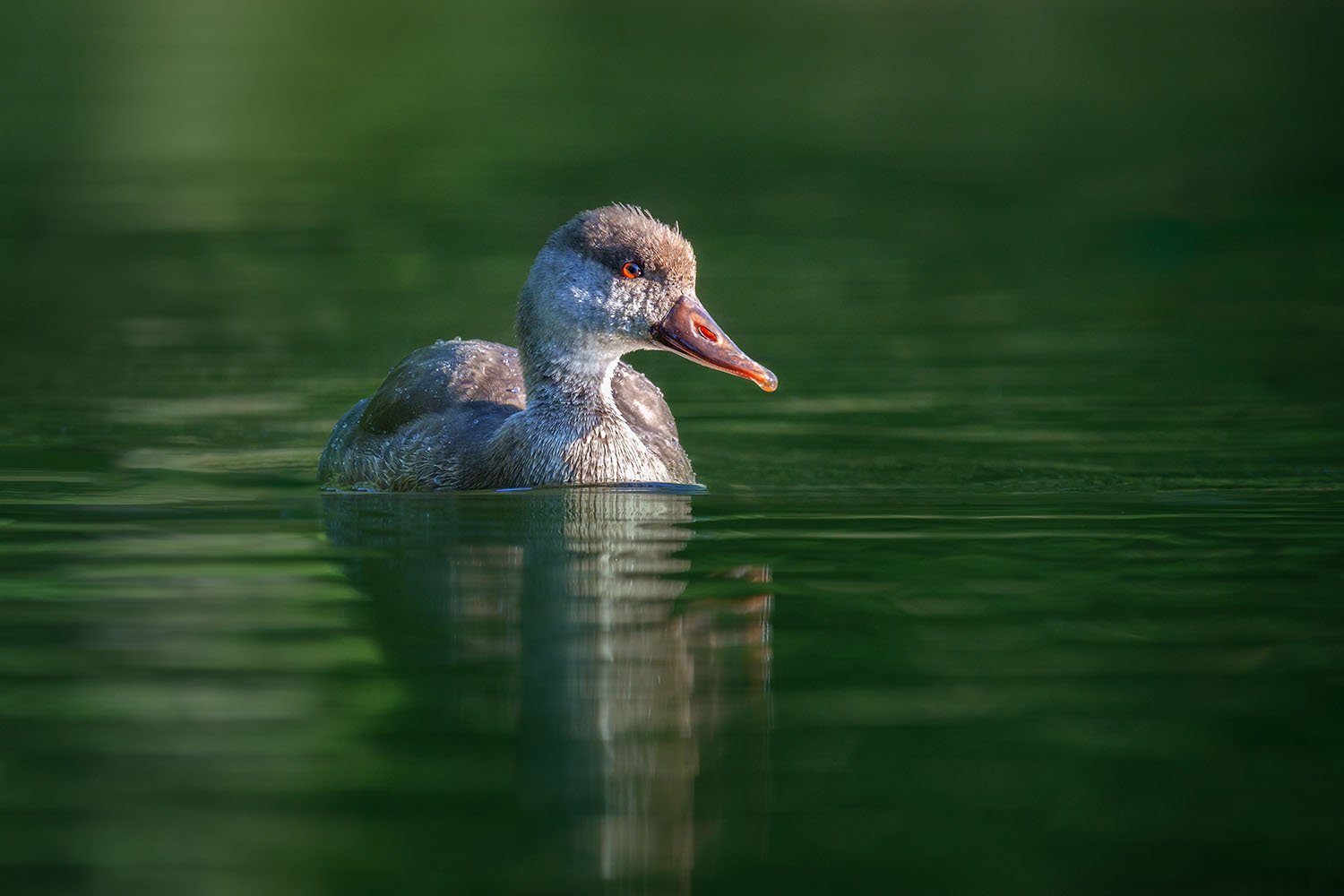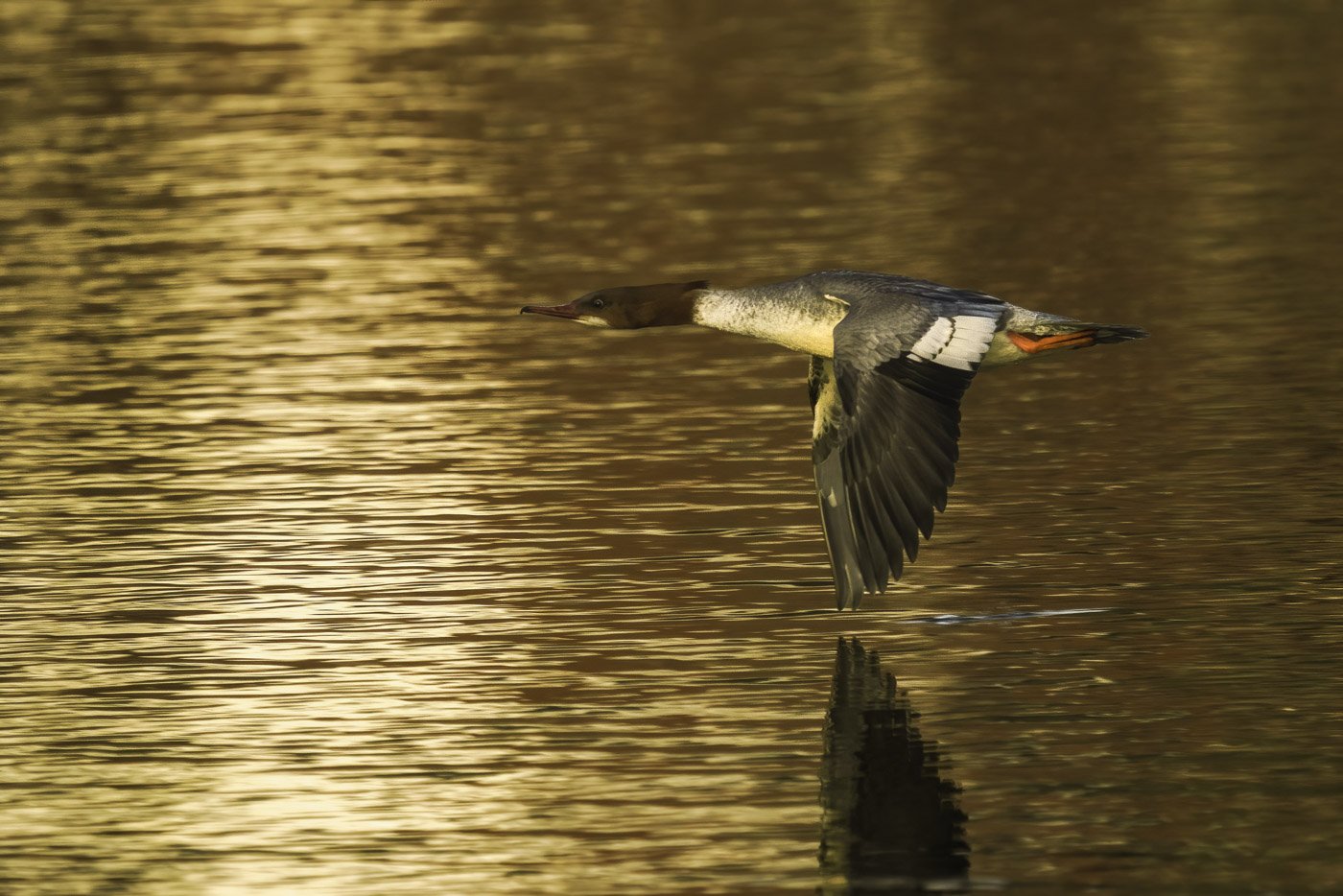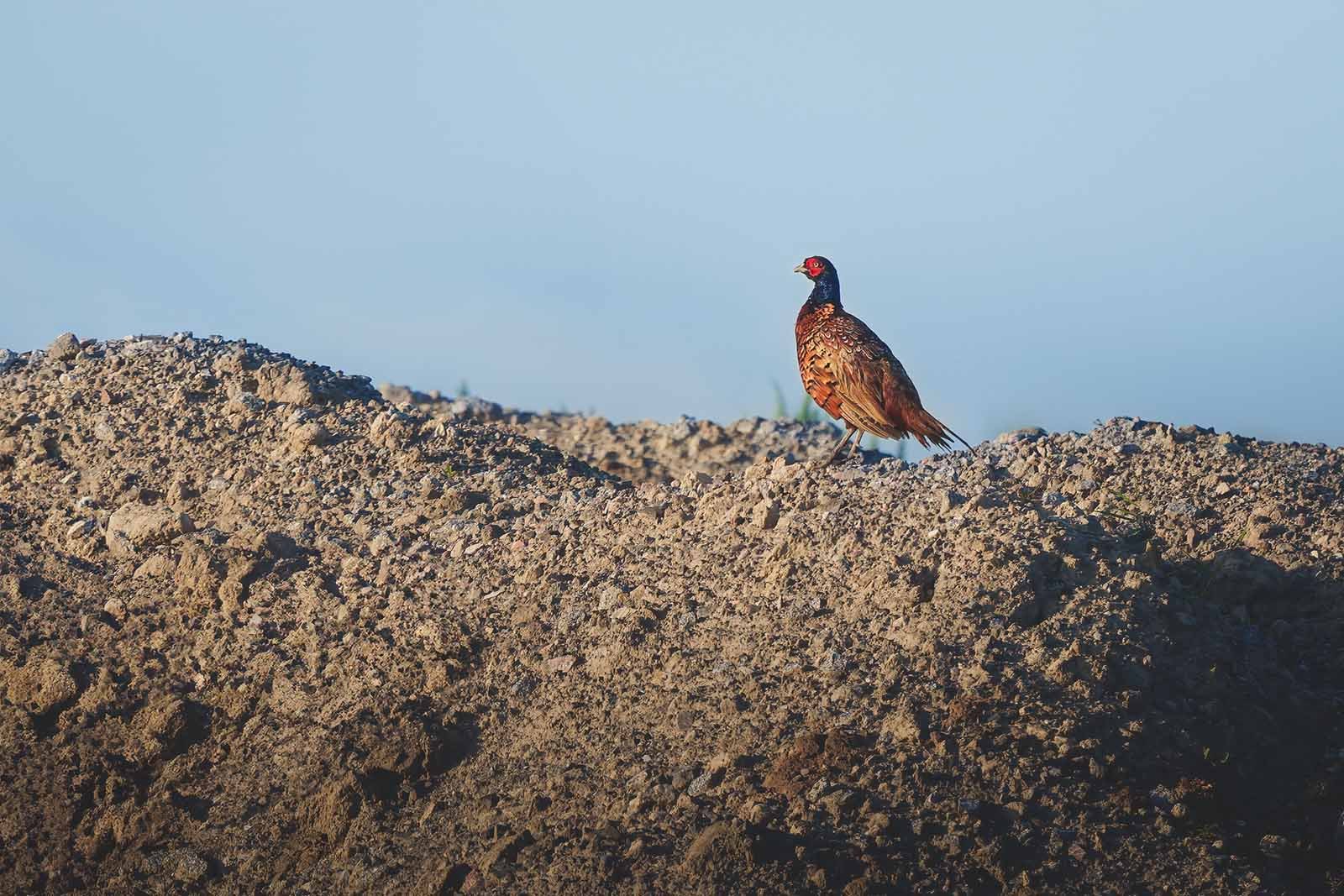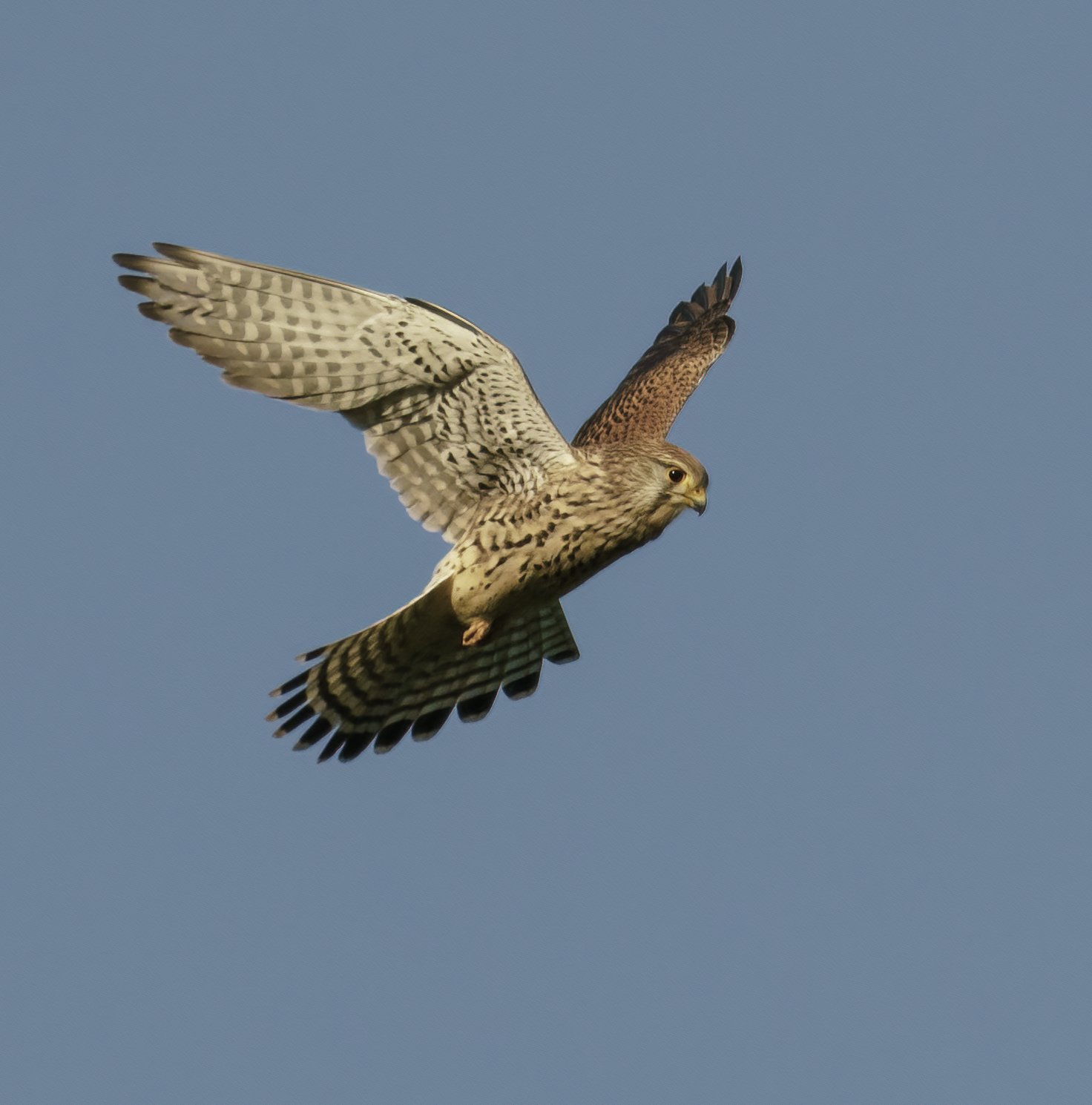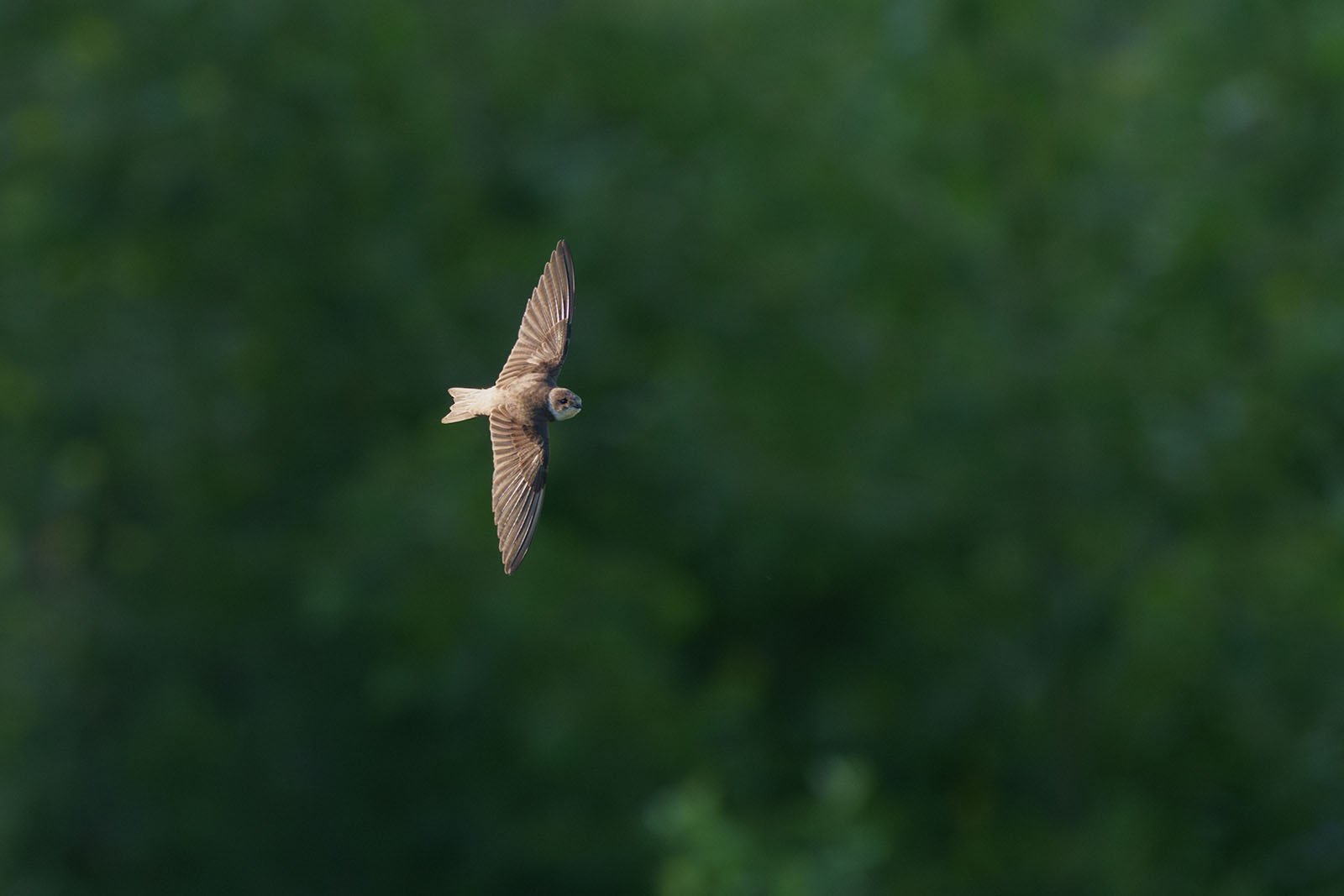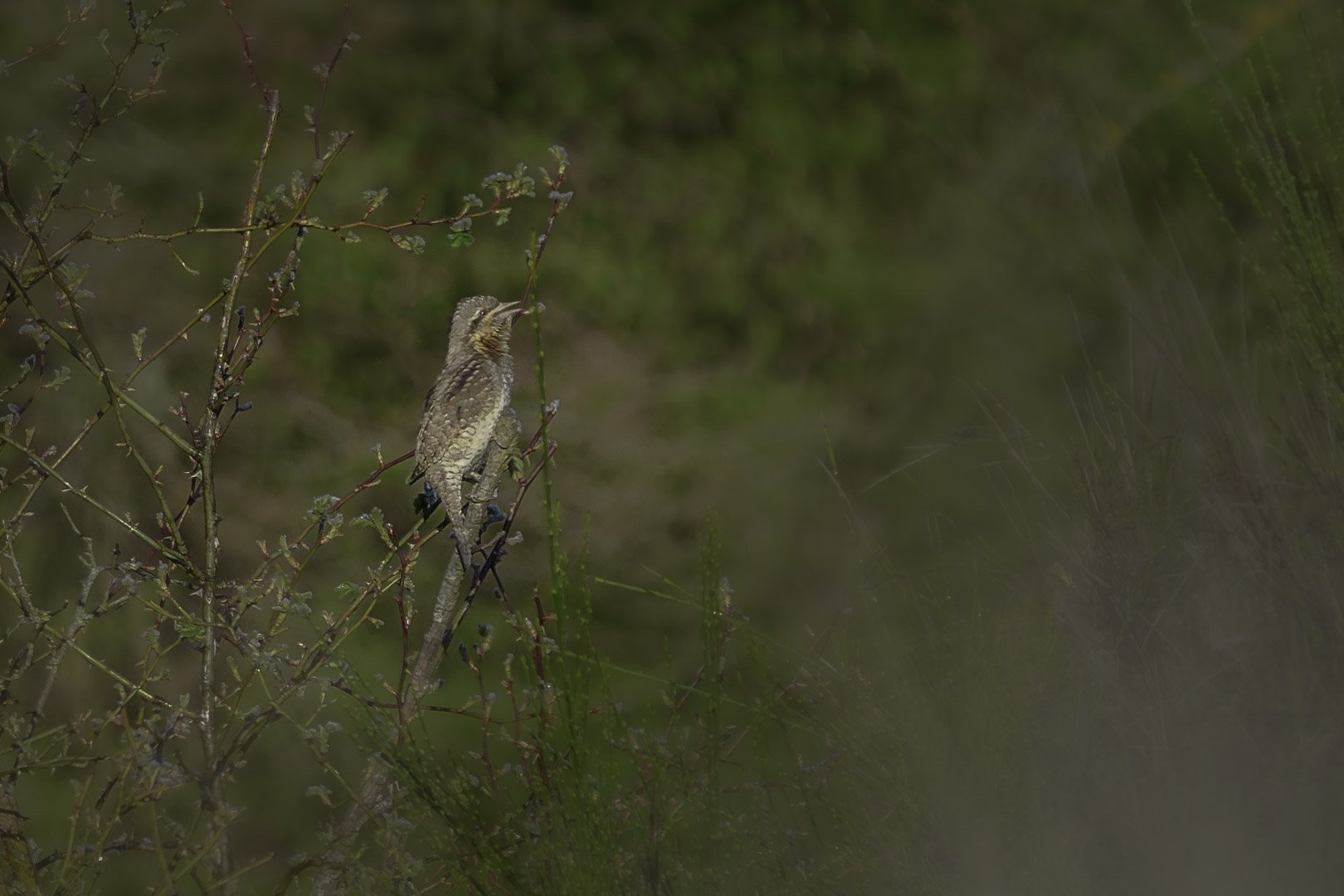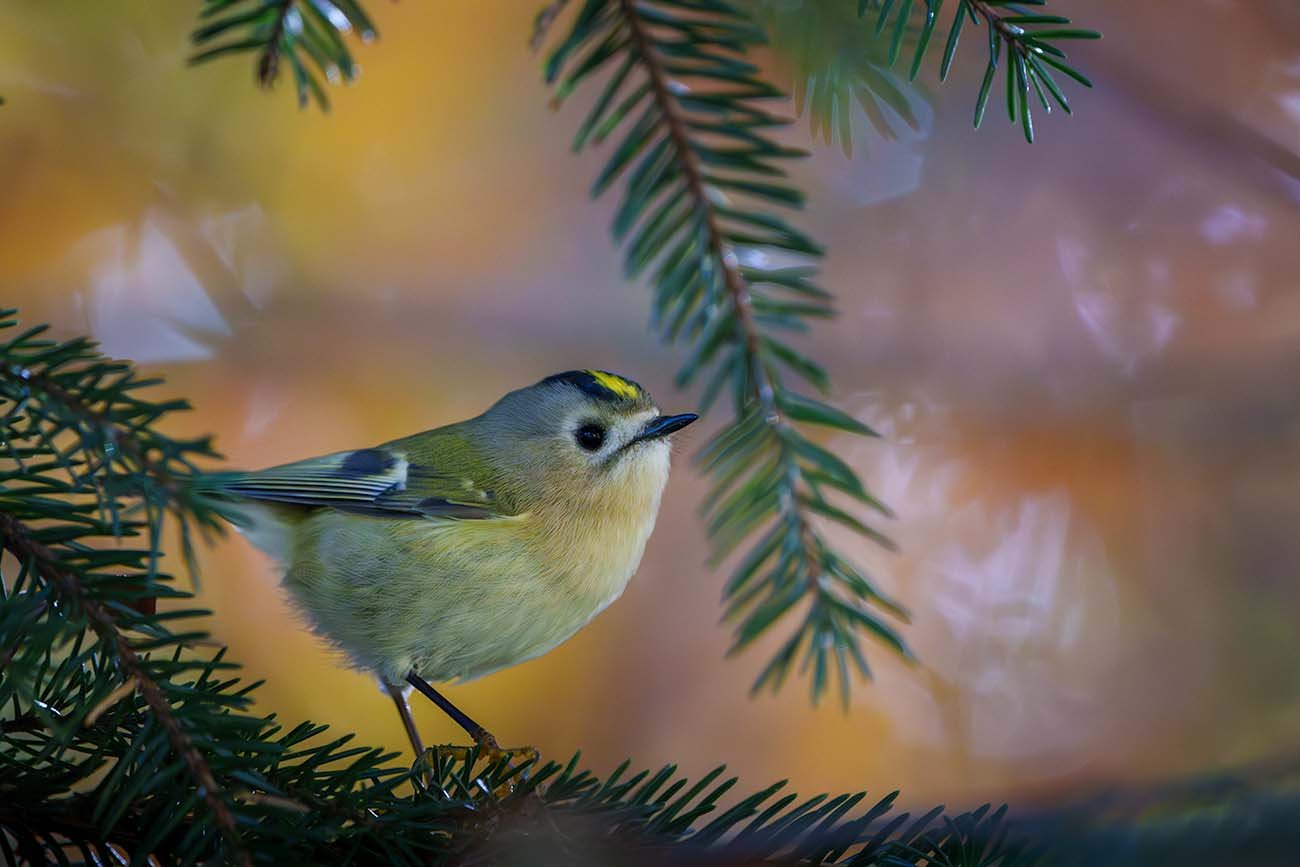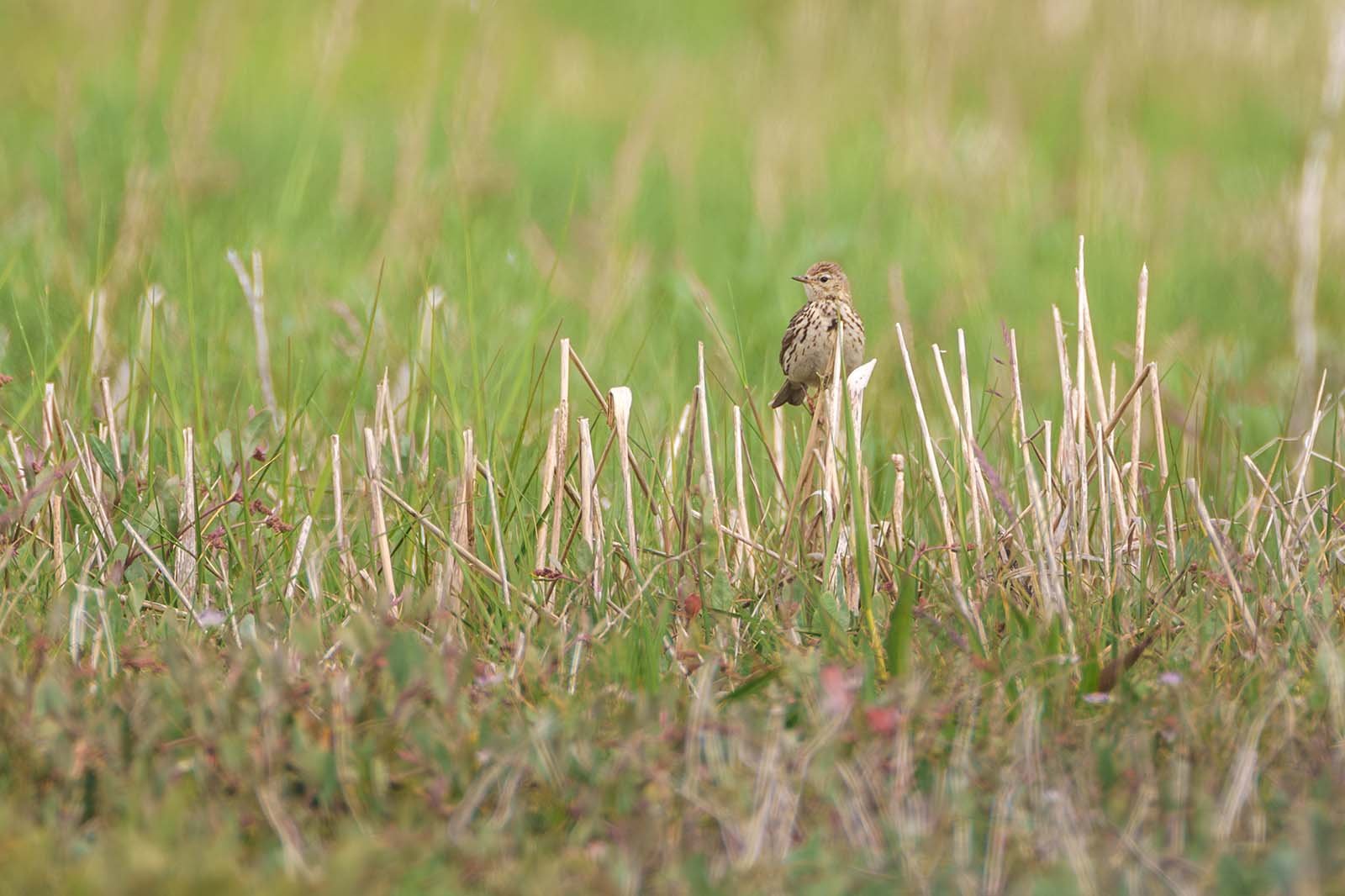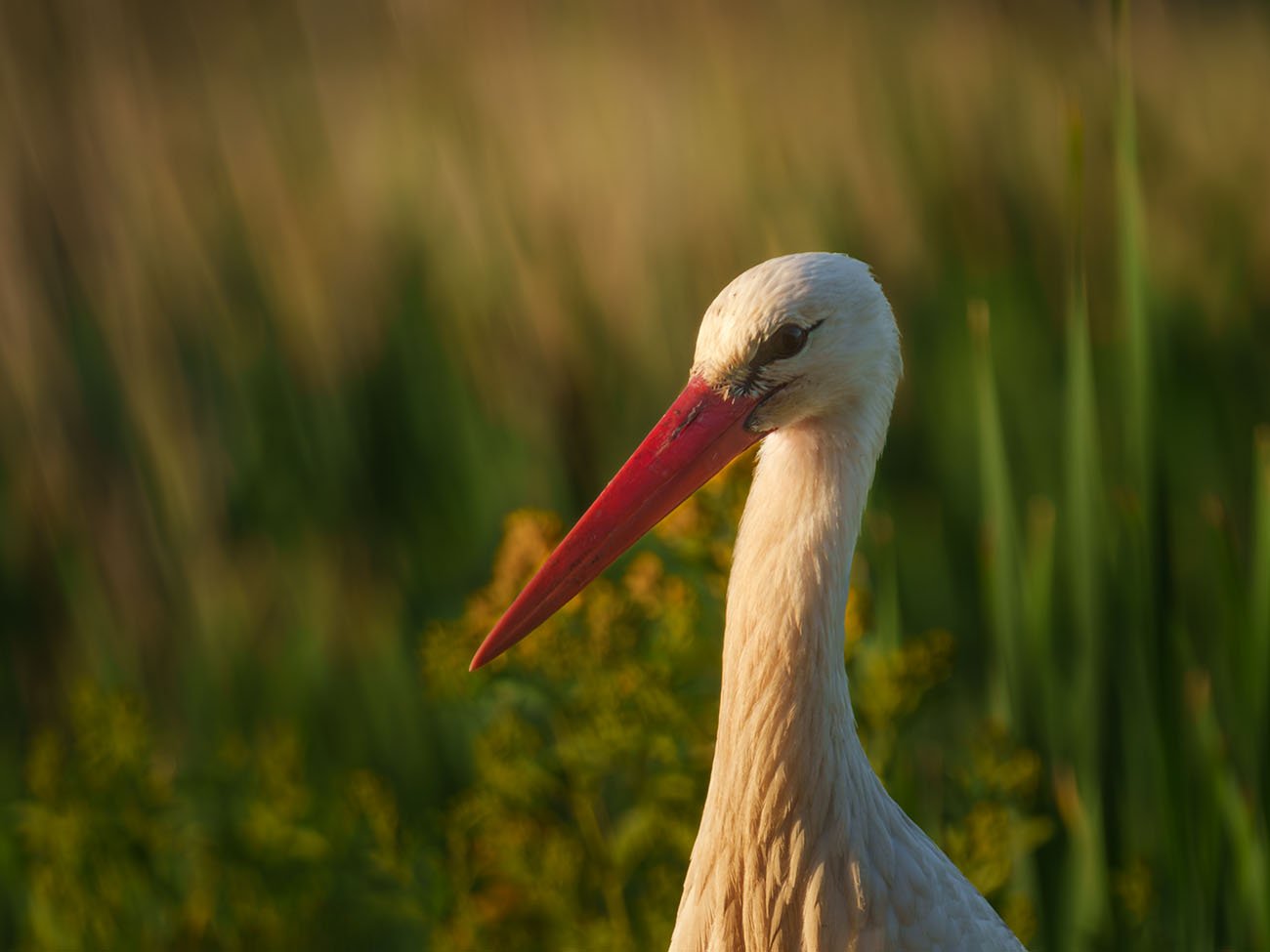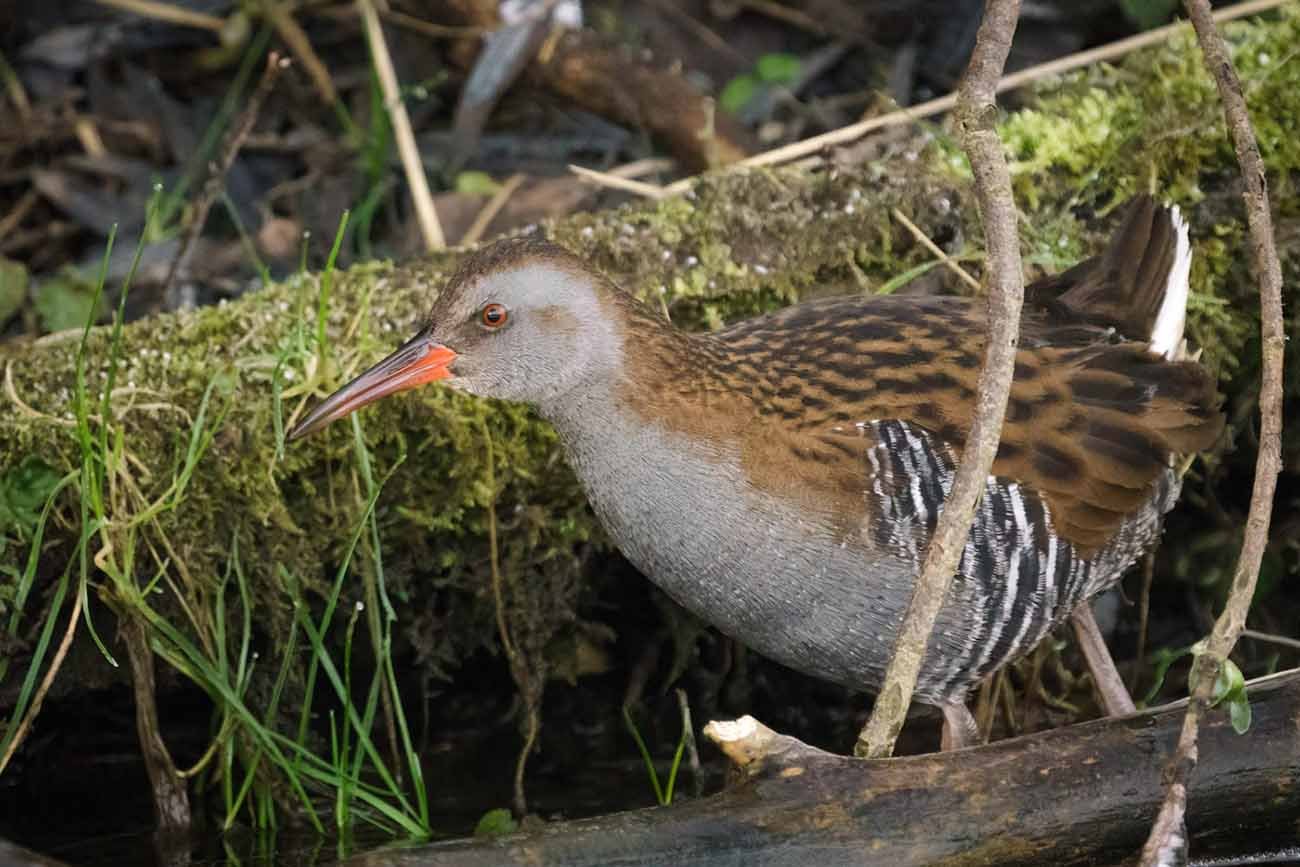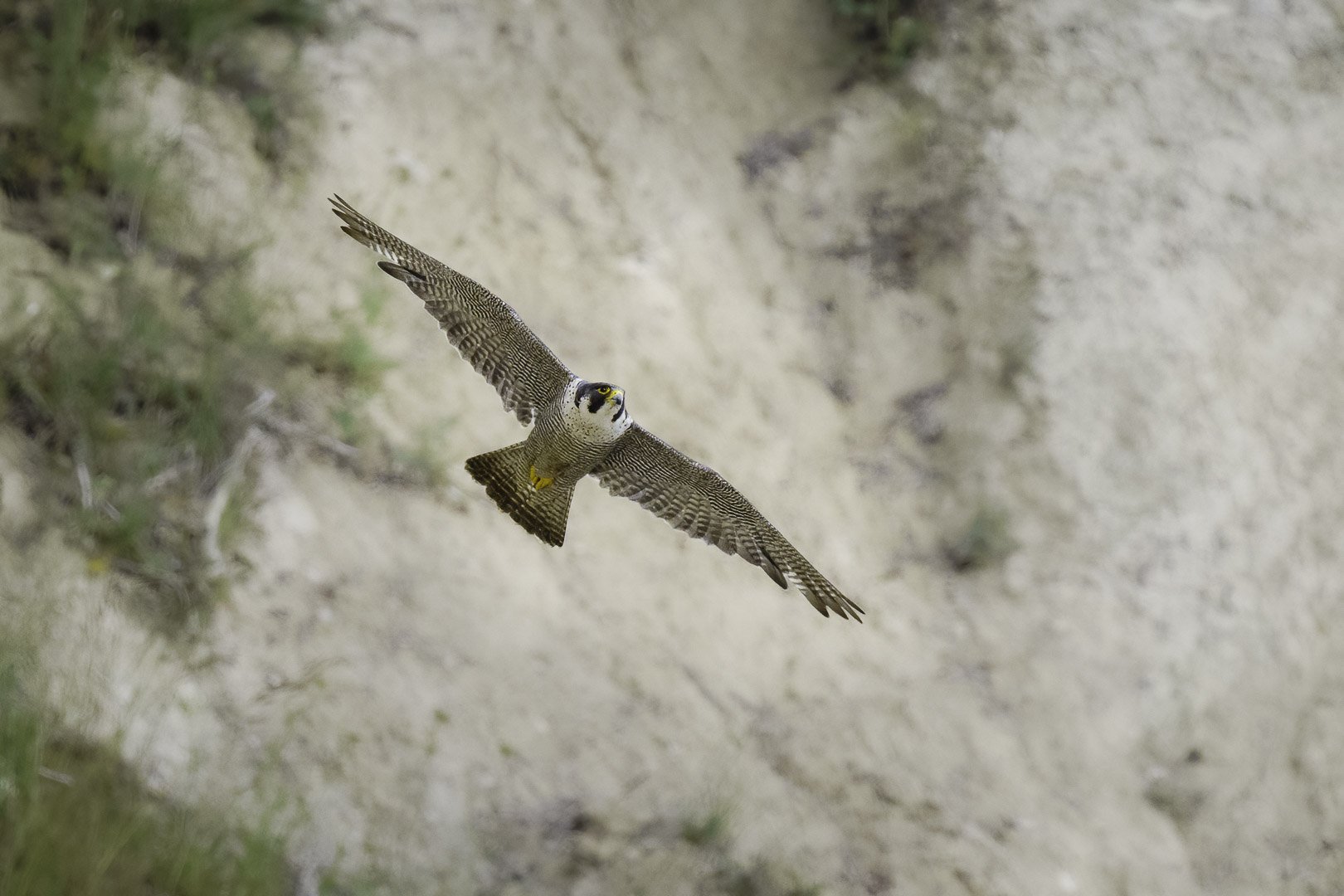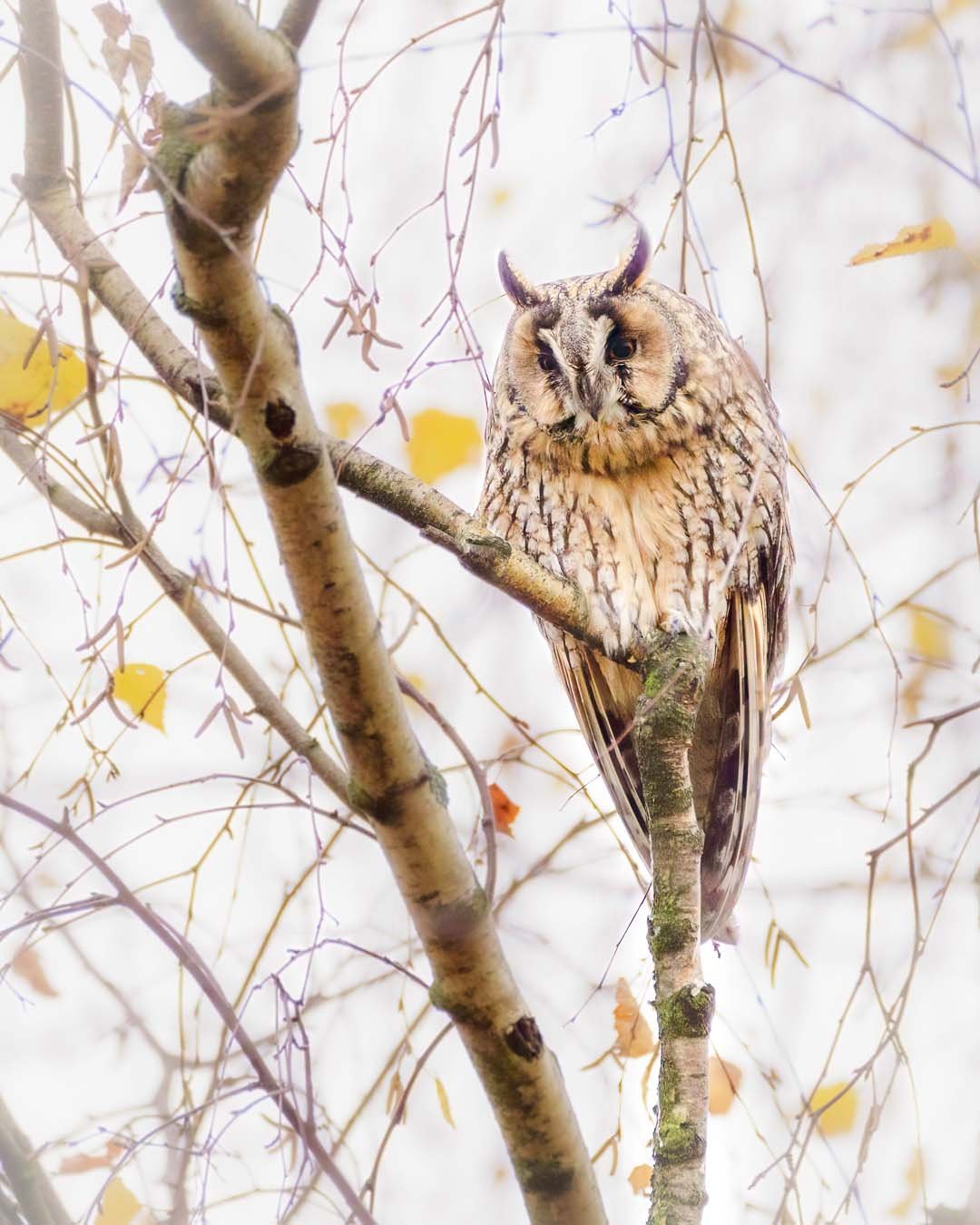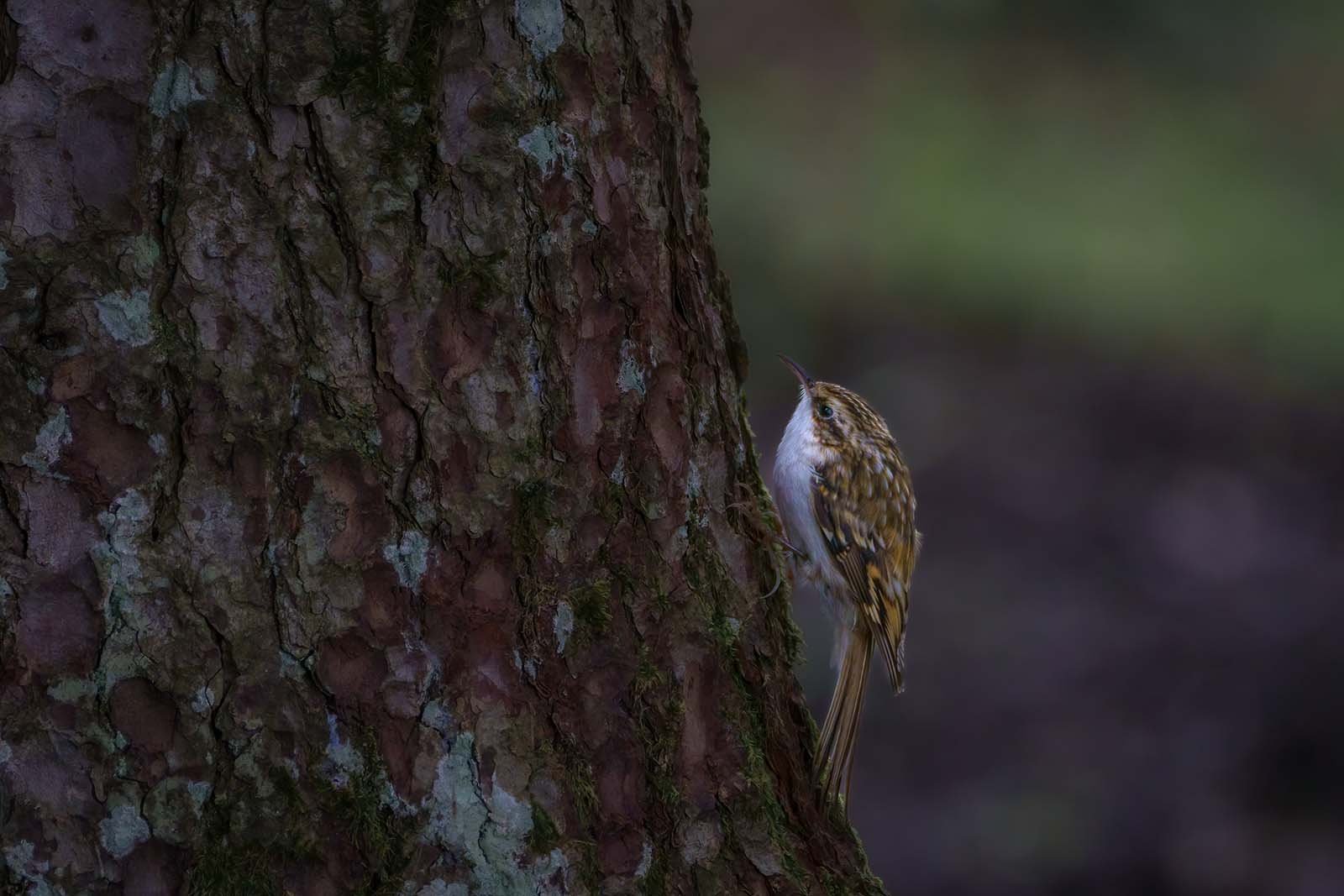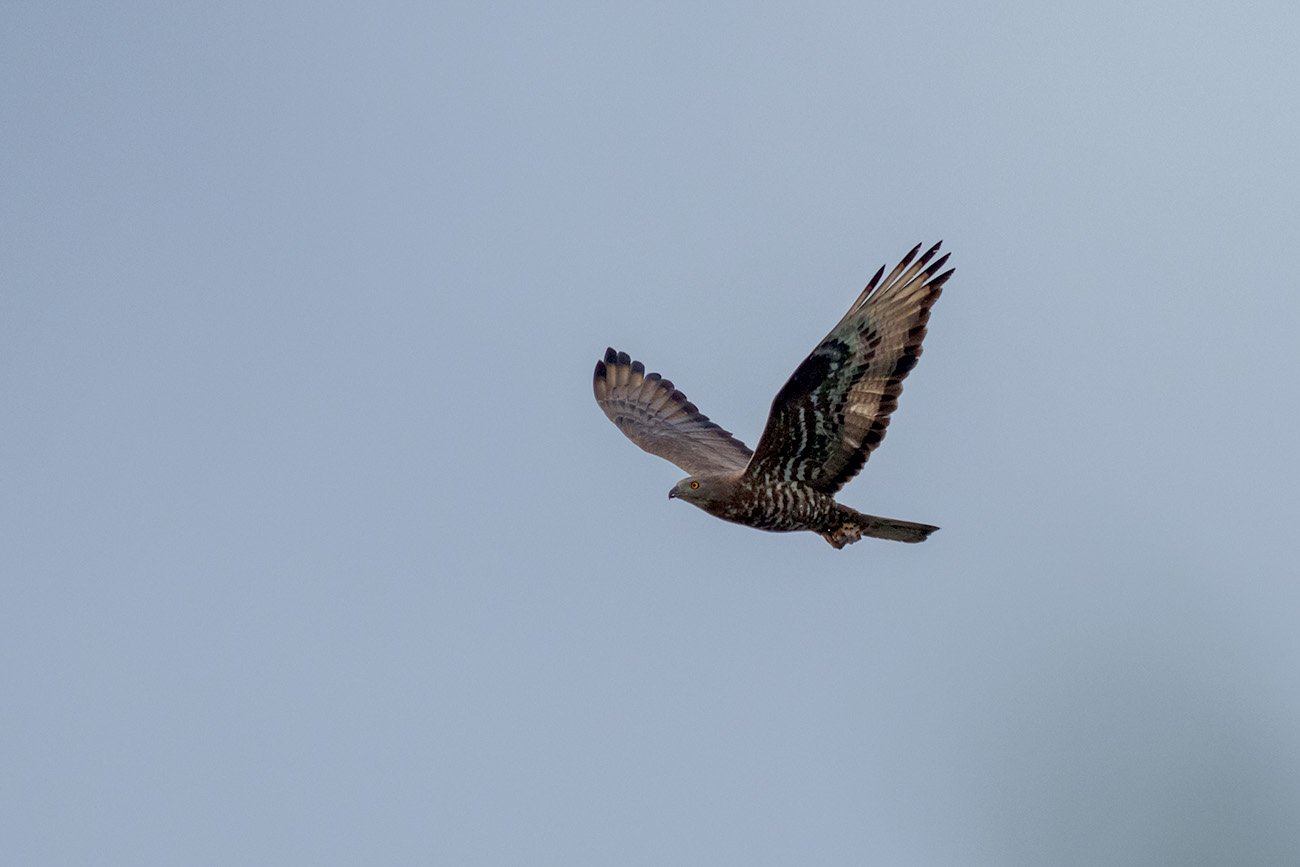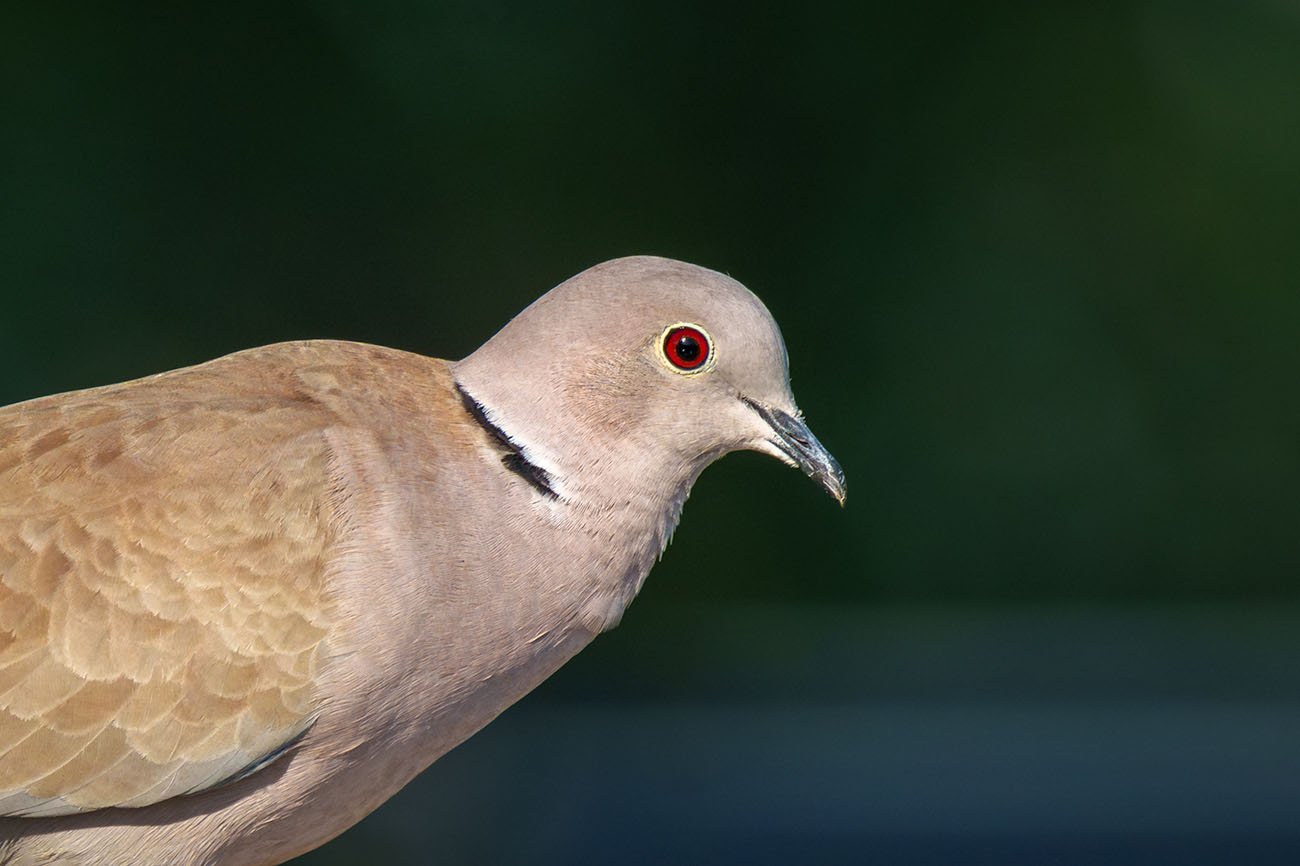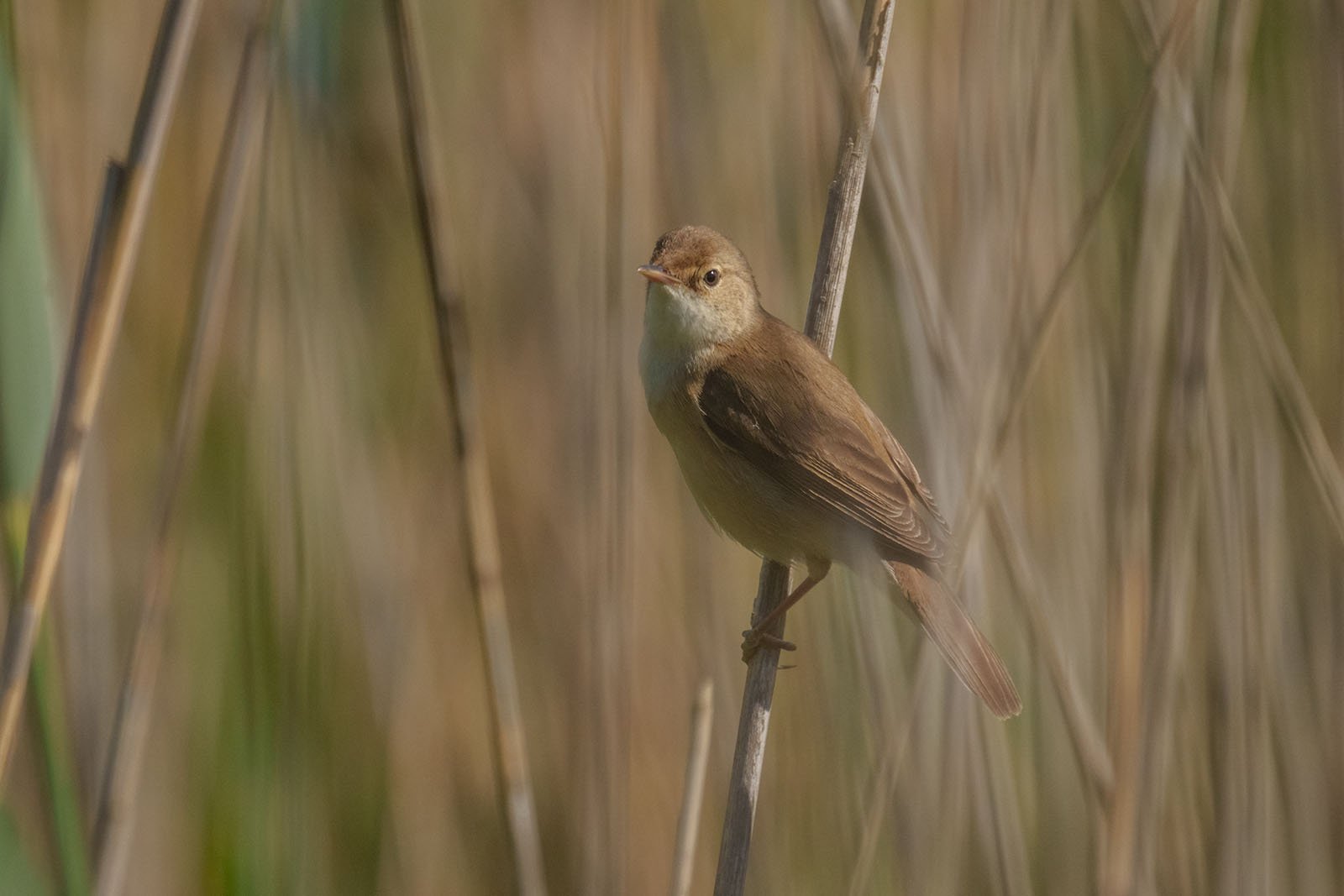Mandarin duck (Aix galericulata)
Mandarin duck (Aix galericulata) - Picture taken in Tokyo, Japan
Key Facts:
Size: 41 - 51 cm
Weight: 428 - 608 g
Diet: Worms, insects, beetles, mollusks, aquatic plants, grains, nuts, acorns, or seeds
Season: Year-round
Observation Tip: Park ponds with deciduous tree cover
Photography Tips:
Lens: Starting from 200 mm
Difficulty Level: Easy
The mandarin duck belongs to the family of waterfowl (Anatidae) and the genus Aix. Originally from East Asia, there are also feral park populations in Europe that have arisen from escaped captive birds. While the duck species has been highly popular as ornamental poultry for centuries, populations in its original range are declining, and some are classified as threatened. Nevertheless, the overall population is considered of least concern due to its widespread distribution as ornamental poultry.
Belonging to the no longer used tribe "shiny ducks," the mandarin duck derives its name from the metallic sheen of its plumage. The medium-sized duck reaches a body length between 41 and 51 centimeters, with males weighing between 571 and 693 grams and females slightly lighter, weighing between 428 and 608 grams. During flight, both males and females display a dark green speculum, but the small and pointed tail is the most distinctive feature for identifying flying mandarin ducks.
The original home of mandarin ducks is northeastern China and the Amur region, where there are approximately 1,000 pairs, and Japan with about 5,000 pairs, although they are severely threatened. The decline in populations is mainly due to habitat destruction. Today, mandarin ducks can be found almost everywhere in the world in parks and ornamental ponds. In some areas, they have established self-sustaining populations. In Europe, colonization occurs through escaped captive birds, but long-term success is rare. Most populations consist of free-flying non-breeders and often disappear after a short time. Nevertheless, the wild population in Europe, estimated at 7,000 breeding pairs, now seems to exceed that in Asia. The total population of mandarin ducks is classified as least concern by the IUCN and comprises approximately 65,000 individuals.
The mandarin duck prefers wooded inland waters such as oligotrophic lakes and ponds, as well as the middle and lower reaches of numerous rivers in the deciduous forest taiga. For nesting, they use tree cavities up to nine meters above the ground. In their natural habitat, the duck is very shy and primarily hides in dense riparian vegetation of rivers and lakes, flying skillfully through the branches and climbing with their sharp claws in the foliage. Although they are very cold-resistant, they can be kept in Central Europe in the wild as they have strong site fidelity. They primarily forage on land and can swallow large seeds such as acorns and beech nuts whole.



